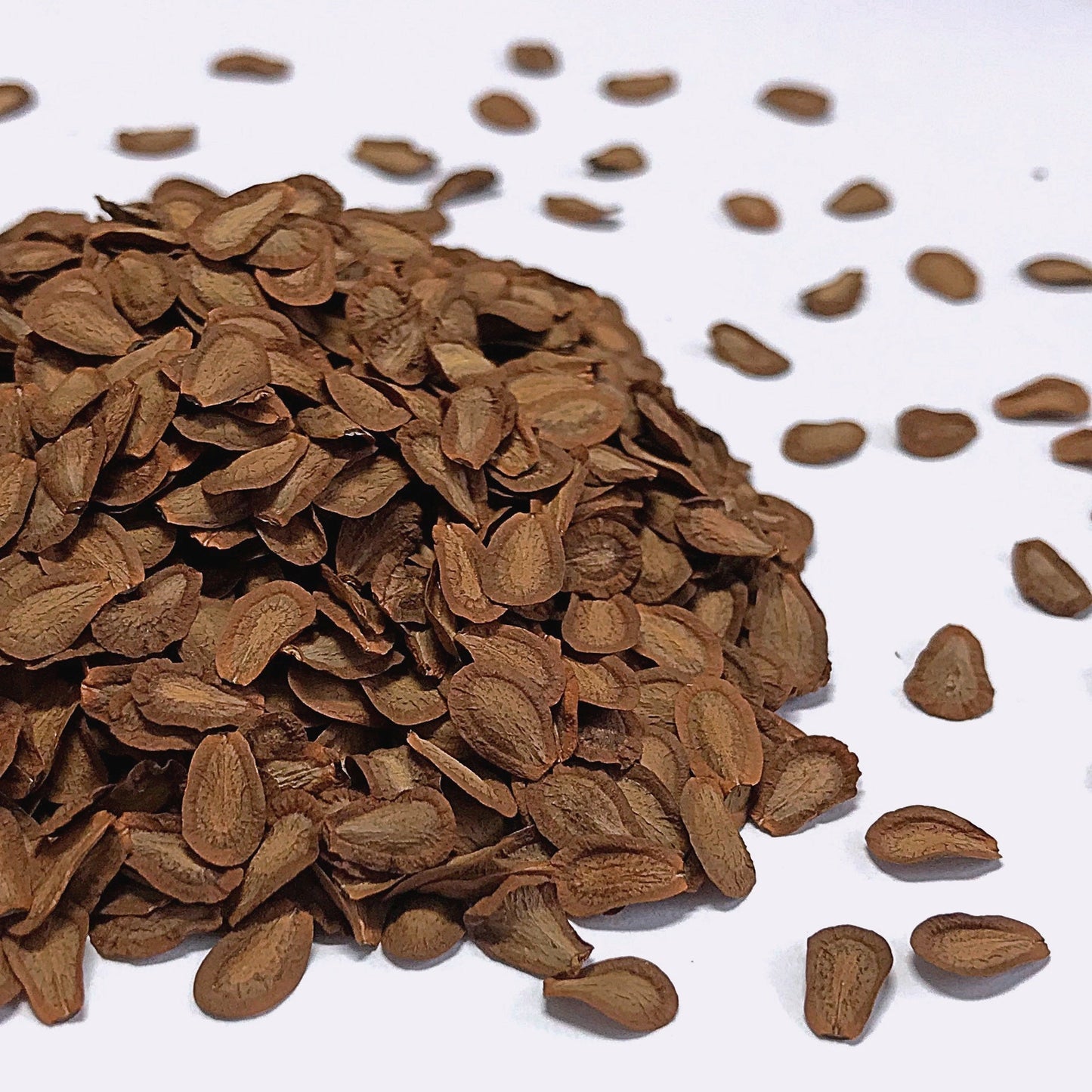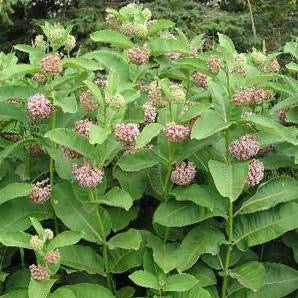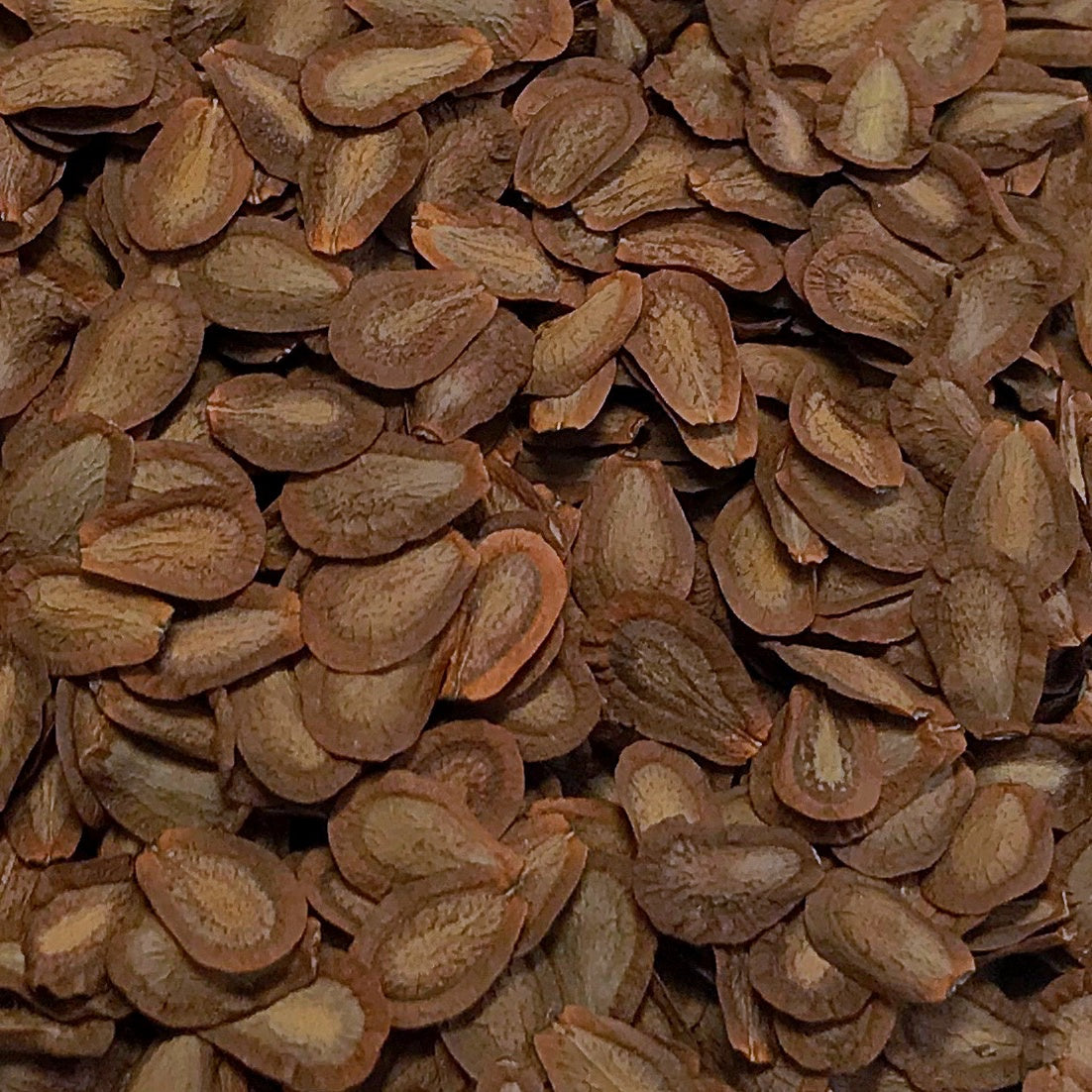Milkweed, Common (Asclepias syriaca)
List Price: $4.00
Couldn't load pickup availability
Known as Common Milkweed, this tall erect plant has exquisite pink flower clusters that are a nectar source for many butterflies and bees and whose leaves are a very important food source for Monarch Butterfly larvae. When their flowers bloom they fill the air with a sweet intoxicating scent. Asclepias syriaca is native to most of the US states that are east of the Rocky Mountains (the western exception being Oregon where it has naturalized) and into Canada. In the wild, milkweed is seen less and less due to excessive mowing and the disappearance of meadows and prairies. Thus, this is an important native plant to grow for pollinators.
Milkweed is also a valuable edible and herbal plant. Native Americans taught early European settlers how to properly cook Milkweed so that it could be safely eaten and today we know to follow very specific techniques to be able to ingest the young shoots, leaves and pods. The milky white sap of Milkweed was traditionally applied topically to remove warts and the roots were chewed to temper dysentery. Today, many native garden enthusiasts grow Milkweed to provide food for Monarch Butterfly caterpillars whom are in rapid decline across the world.









